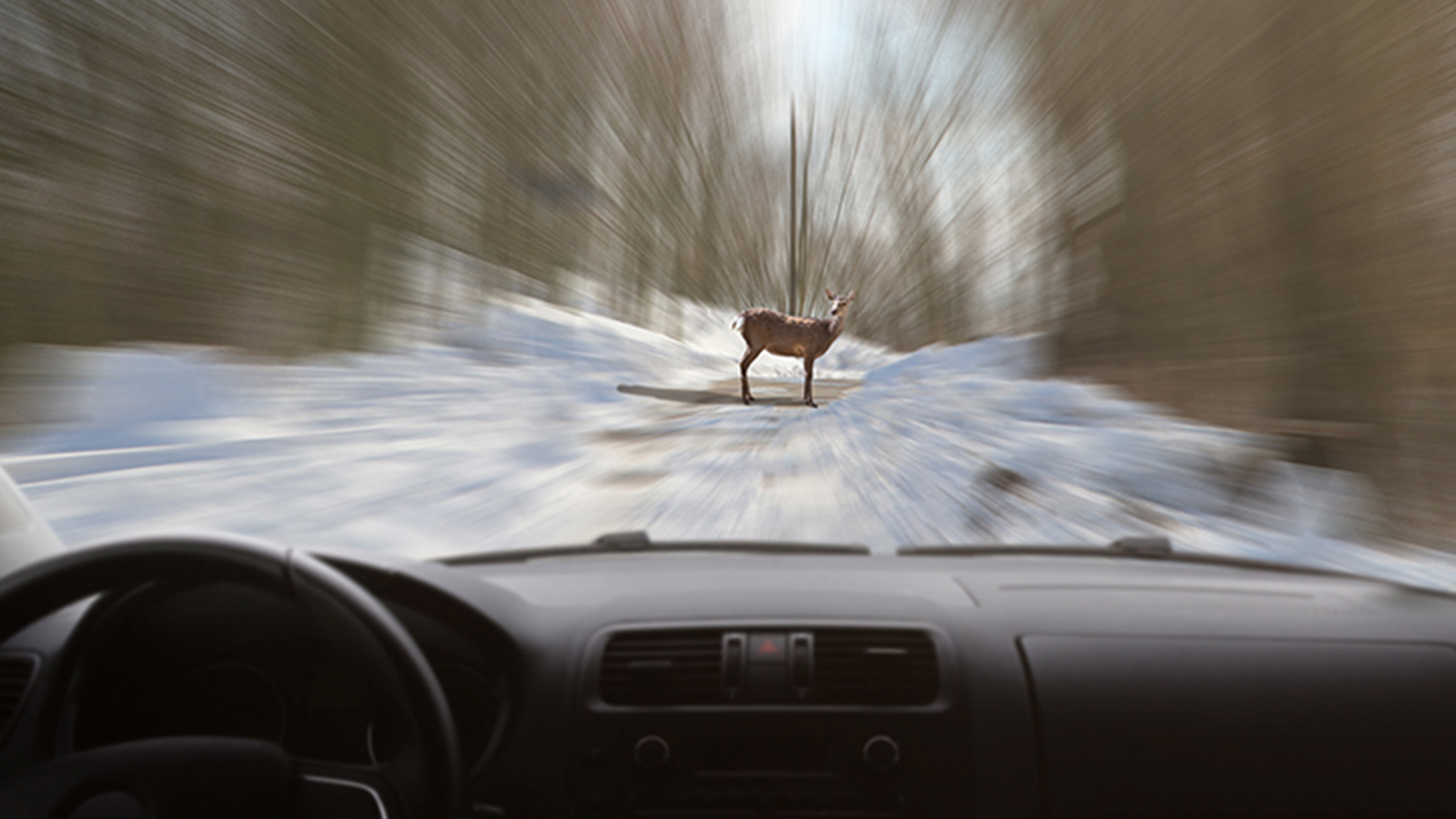Living in western Canada and in North Dakota, we’ve all been there. It doesn’t matter the time of day or year; it can happen anywhere. You're driving along and from out of nowhere, an animal jumps across the path of our vehicle. Do you know what to do?
According to the Alberta Motor Association (AMA), collisions with wildlife are second only to hail as a leading cause of comprehensive damage claims to vehicles.
Awareness of this before we all get behind the wheel is key - slow down, drive to conditions and have eyes and mind on task. These are all good defenses to put in place when getting behind the wheel of a car.
Are you prepared if something dashes across your line of vision while driving?
Here are some quick tips:
- Know the risk periods. The highest risk period for wildlife collisions is October through January, between 7 p.m. and 11 p.m.
- Be vigilant. The faster you’re going, the greater the distance you’ll need to stop. The severity of a collision spikes exponentially as speed increases, making the potential for death or serious injury more significant.
Actively scan for animals. Not just on rural roads, but in urban areas too. With urban encroachment and expansion into habitats, wildlife can be found anywhere. - Know the signs. Triangular yellow signs indicate areas where animals are known to cross, so extra caution should be exercised.
- Be light-smart. Animal migration happens most often during early morning and twilight hours. By restricting your driving to daylight, to the extent possible, you’ll reduce your risk.
- You can’t stop for what you can’t see. Keep your headlights clean and use your high beams, when safe to do so to better illuminate ditches. You should also watch for sudden spots of light on or near the road as it may be your headlamps’ reflection in an animal’s eyes.
- React strategically. The animal you see isn’t necessarily the one you’ll hit. Animals often travel in groups, so if you see one animal near the road or crossing, others are likely to follow. Slow down and use your horn in short bursts.
- Braking. If an animal suddenly comes across your path, brake firmly but don’t leave your lane, as you may cause a collision with another vehicle or careen over an embankment. If you can’t stop for a large animal, gently steer toward its hindquarters, as heading in the same direction of the animal will increase your chance of a crash.
- If you hit an animal. Move your vehicle to a safe place and turn on your hazard lights to warn other drivers. Call 9-1-1 if you or your passengers are injured. Call Fish and Wildlife if the animal appears injured but alert, thus posing a highway hazard. To have roadkill removed in Alberta, call 310-0000. In North Dakota, contact your Department of Transportation district office or North Dakota State Radio at 800-472-2121 so they can make arrangements to remove the animal.
- Don't approach the animal. If it’s wounded, it will be scared and could harm you.
- Reporting. Report the incident to your insurance advisor once you’re in a safe place. Knowing your coverage for such incidents in advance is also helpful.



